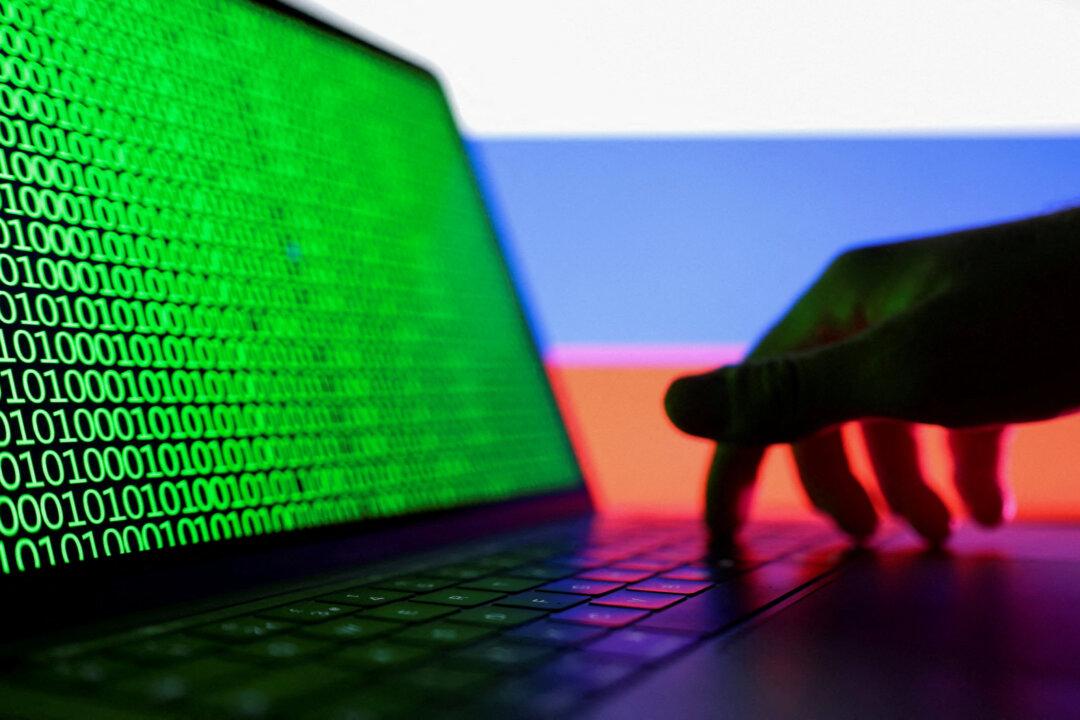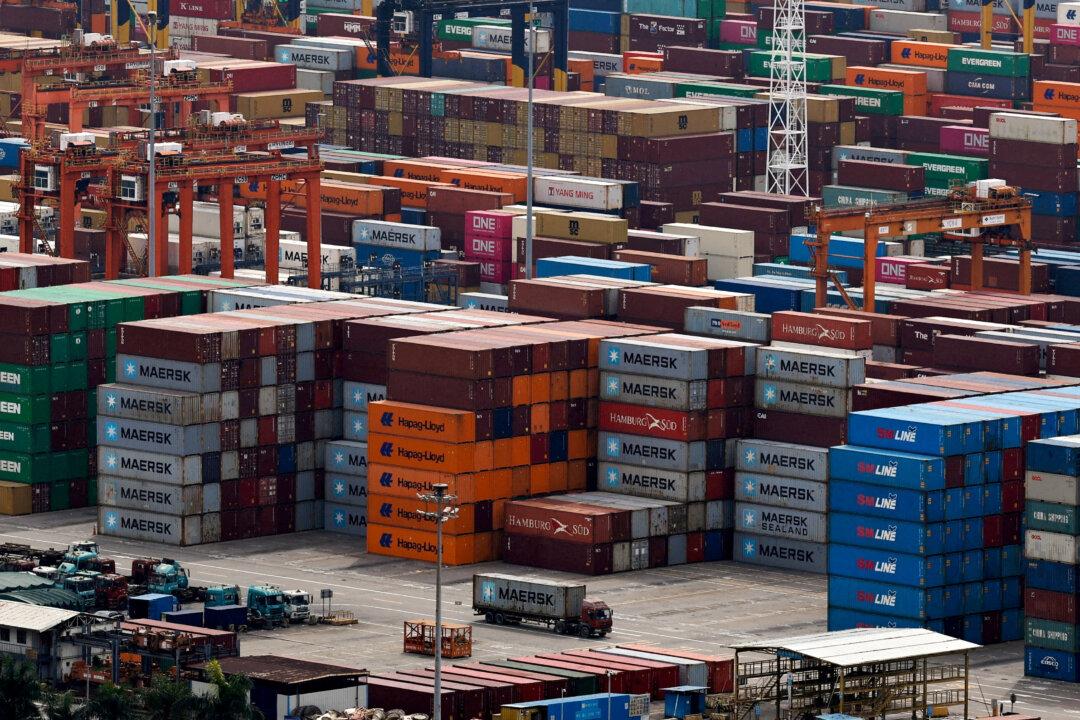Japan’s prime minister said on Sunday that he would consider downgrading the classification of COVID-19, which would result in the disease being treated more like a seasonal flu-like condition.
Prime Minister Fumio Kishida told reporters that any changes to the CCP virus classification would occur once the situation had stabilized.
“I will carefully consider the disease categorized as Type II in the future while exploring the best timing for recategorization and taking into account the possibility of [the virus] mutating,” he added.
Japan has seen a spike in the number of COVID-19 cases, with the daily count of new cases hitting a record of 233,094 on July 29. Despite this, the government stated that no restrictions are necessary at this time due to the low risk of hospitalization.
Category Two infectious diseases allow prefectural governors to require infected persons to be hospitalized or quarantined. Businesses and public transportation are rendered inoperable if their employees become infected, while hospitals are required to report all cases, putting a strain on the medical system.
Deputy Chief Cabinet Secretary Seiji Kihara on Friday said that regional authorities should tailor their response to their specific situations.
“Rather than a national response, we want to support regional authorities in their efforts that are based on their local situations,” Kihara told reporters. “What’s important is to help each prefecture’s social and economic activities.”
The World Health Organization reported last week that Japan had the world’s highest number of COVID-19 cases in the week to July 24.“It’s important for everyone to take basic measures, such as testing, vaccines, and [other prevention measures],” Omi said last month. He recommended the government implement pandemic preparations and response plans.





